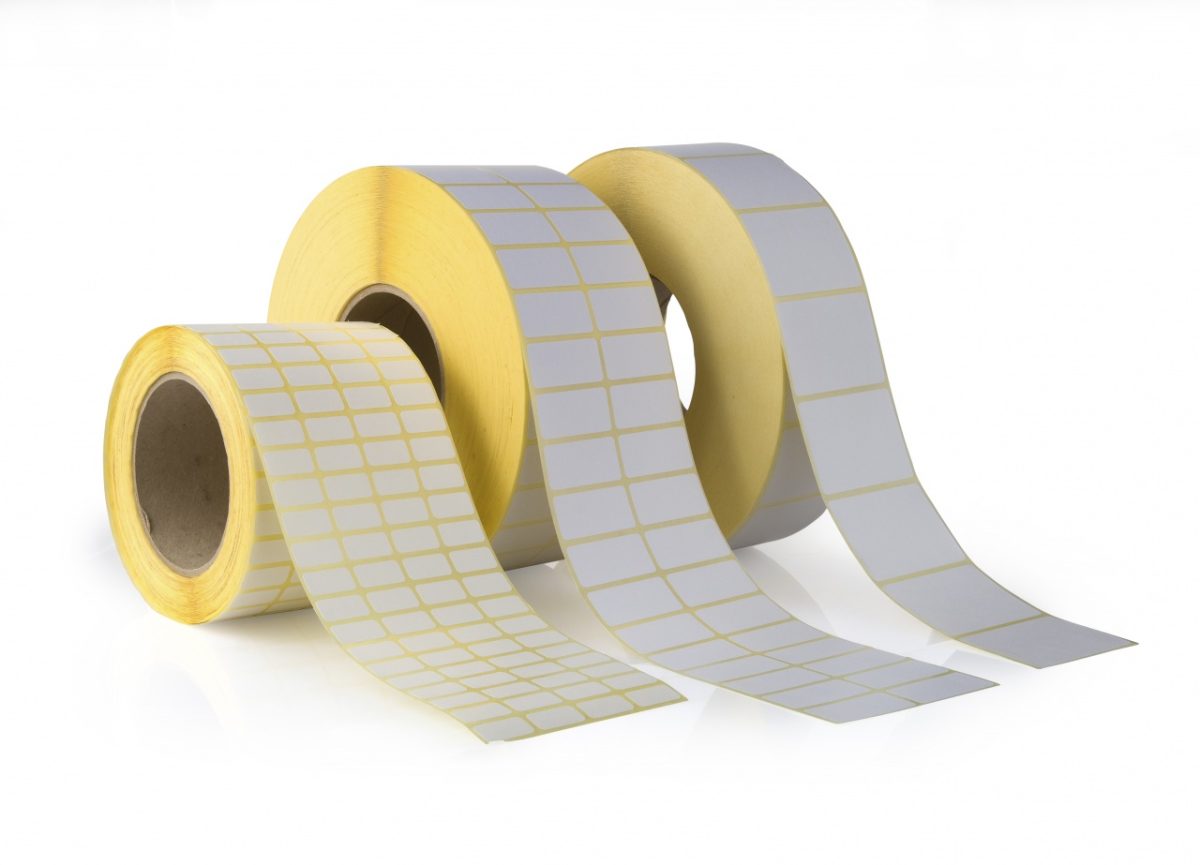4×6 Thermal Labels vs. Standard Labels: Which One is Right for You?

Labels are an essential part of many businesses, especially those involved in shipping, inventory management, retail, and logistics. Among the most popular label types are 4×6 labels, which have become the standard choice for shipping and warehousing due to their efficiency and ease of use. However, many businesses still use standard labels, which come in various sizes and require ink-based printing methods. Choosing the right label type can significantly impact your operational efficiency and cost-effectiveness. In this article, we will compare 4×6 thermal labels and standard labels to help you determine which one best suits your needs.
Understanding 4×6 Thermal Labels
4×6 thermal labels are designed for thermal printing technology, which uses heat to create an image on the label without requiring ink, toner, or ribbons. These labels are widely used in industries that demand fast and cost-efficient printing solutions, such as e-commerce, logistics, and healthcare.
Benefits of 4×6 Thermal Labels
- Cost-Effective Printing – Since thermal printers don’t require ink or toner, businesses save significantly on operational costs.
- High-Speed Printing – Thermal printers can produce labels quickly, making them ideal for high-volume shipping and labeling tasks.
- Smudge-Free and Durable – Because there’s no ink involved, labels are resistant to smudging and fading, ensuring barcodes and text remain readable over time.
- Compatible with Major Shipping Platforms – Most shipping carriers like USPS, FedEx, and UPS support 4×6 label sizes, ensuring seamless integration.
- User-Friendly – Setting up and using a thermal printer with these labels is relatively simple and requires minimal maintenance.
Downsides of 4×6 Thermal Labels
- Limited Longevity – Direct thermal labels can fade over time, especially when exposed to heat, light, or moisture.
- Monochrome Printing Only – Since they rely on heat for printing, these labels are typically black and white, limiting color-coding options.
Understanding Standard Labels
Standard labels, also known as traditional or ink-based labels, are printed using inkjet or laser printers. They come in various sizes and materials, allowing for more customization in terms of color and design.
Benefits of Standard Labels
- Versatility in Size and Design – Standard labels can be customized in different sizes, shapes, and colors, making them ideal for branding and marketing.
- Longer Shelf Life – Labels printed with high-quality ink or laser toner tend to last longer than direct thermal labels.
- Color Printing Options – Businesses needing vibrant, colorful labels for branding or product packaging benefit from ink-based printing.
- Suitable for Harsh Conditions – Some standard labels, especially laminated or waterproof ones, can withstand extreme environments better than thermal labels.
Downsides of Standard Labels
- Higher Printing Costs – Ink and toner can be expensive, leading to higher long-term printing costs.
- Slower Printing Process – Inkjet or laser printers typically take longer to print labels compared to thermal printers.
- Requires More Maintenance – Printers using ink or toner need frequent cartridge replacements and maintenance to ensure optimal performance.
Comparing 4×6 Thermal Labels and Standard Labels
| Feature | 4×6 Thermal Labels | Standard Labels |
| Printing Method | Heat-based (direct thermal) | Ink-based (inkjet/laser) |
| Cost Efficiency | More cost-effective (no ink/toner required) | Higher cost due to ink and toner usage |
| Print Speed | Fast and efficient | Slower compared to thermal printing |
| Durability | Can fade over time with exposure to heat and light | More durable in extreme conditions |
| Color Options | Black and white only | Full-color printing available |
| Best Use Cases | Shipping, logistics, inventory management | Product branding, colorful labels, long-term use |
Which Label Type is Right for You?
Choose 4×6 Thermal Labels If:
- Your business involves shipping and requires high-speed, cost-effective label printing.
- You use platforms like Amazon, eBay, Shopify, or shipping carriers that support 4×6 labels.
- You want to eliminate ink and toner costs while maintaining efficiency.
- Your primary concern is barcode readability and operational speed rather than color branding.
Choose Standard Labels If:
- You need high-quality, long-lasting labels for branding or marketing purposes.
- Your labels require vibrant colors and custom designs.
- You operate in an environment where labels must withstand heat, moisture, or chemicals.
- You have the budget to maintain ink or laser printers for your labeling needs.
Final Verdict
The decision between 4×6 thermal labels and standard labels depends on your specific business requirements. If you run an e-commerce store, warehouse, or logistics business, 4×6 thermal labels are the ideal choice for fast, cost-effective, and efficient labeling. On the other hand, if you need labels for branding, product packaging, or long-term storage, standard labels offer more customization and durability.
No matter which label type you choose, ensuring the right material and printing method for your operations will lead to better efficiency and cost savings. If your priority is high-volume shipping, investing in 4×6 direct thermal labels will provide you with the best return on investment while keeping your labeling process seamless and professional.










